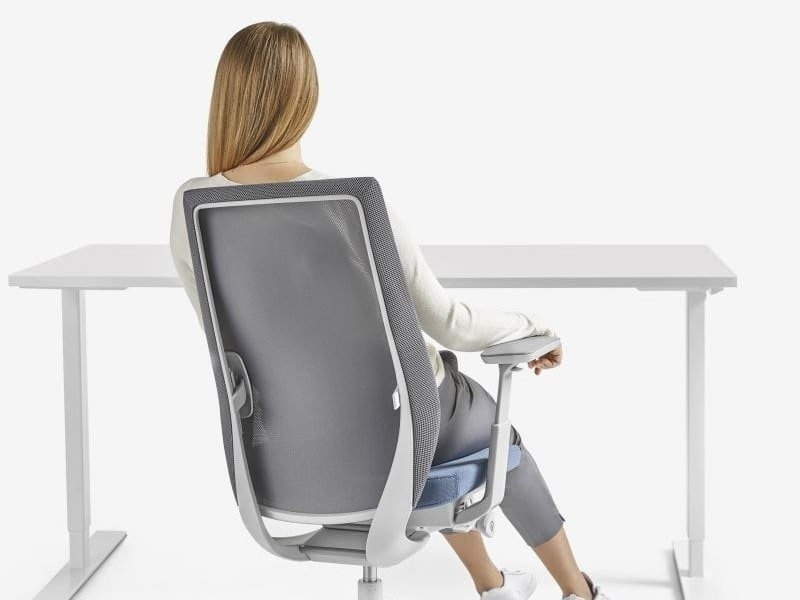With the increasing prevalence of desk jobs and sedentary lifestyles, musculoskeletal disorders have become a common health concern. These disorders affect the muscles, tendons, ligaments, nerves, and other soft tissues of the body, causing pain and discomfort. However, there is a link between ergonomics and musculoskeletal disorders that is often overlooked.

Understanding Ergonomics
Ergonomics is the science of designing and arranging objects and spaces to fit the human body’s capabilities and limitations. It aims to optimize efficiency, comfort, and safety in the workplace and other environments. When it comes to preventing musculoskeletal disorders, ergonomics plays a vital role.
The Impact of Poor Ergonomics
Poor ergonomics can lead to various musculoskeletal disorders, including:
- Repetitive Strain Injuries (RSI): RSI occurs due to repetitive motions, such as typing or using a mouse improperly. It can result in conditions like carpal tunnel syndrome, tendonitis, and bursitis.
- Back and Neck Pain: Sitting for prolonged periods, especially with improper posture or inadequate lumbar support, can lead to chronic back and neck pain.
- Shoulder and Arm Pain: Poorly designed workstations or improper use of equipment can cause shoulder impingement syndrome, rotator cuff injuries, and tennis elbow.
- Eye Strain: Insufficient lighting, improper monitor positioning, and prolonged screen time can lead to eye strain, headaches, and blurred vision.
Implementing Ergonomic Solutions
By implementing ergonomic solutions, individuals and organizations can reduce the risk of developing musculoskeletal disorders. Some key recommendations include:
- Adjusting Workstations: Ensure that chairs, desks, and computer monitors are at the appropriate height and distance to promote proper posture and positioning.
- Using Ergonomic Equipment: Utilize ergonomic chairs, keyboards, and mice designed to support natural body alignment and reduce strain on muscles and joints.
- Taking Regular Breaks: Encourage frequent micro-breaks to stretch, change positions, and rest the eyes, reducing the strain caused by prolonged sitting or repetitive tasks.
- Providing Training: Educate employees about proper posture, lifting techniques, and ergonomics best practices to empower them to take care of their musculoskeletal health.
Benefits of Ergonomics
Prioritizing ergonomics in the workplace and daily life offers several benefits, including:
- Reduced Pain and Discomfort: Proper ergonomics can alleviate or eliminate pain associated with musculoskeletal disorders, improving overall well-being.
- Increased Productivity: Comfortable and pain-free employees are more focused, motivated, and productive, resulting in better work outcomes.
- Prevention of Work-Related Injuries: By addressing ergonomics, organizations can minimize work-related injuries, absenteeism, and healthcare costs.
- Improved Quality of Life: Maintaining good ergonomic practices leads to better physical health, enhanced mood, and a higher quality of life.
Ergonomics and musculoskeletal disorders are undoubtedly connected. By prioritizing ergonomics in both the workplace and everyday life, individuals can significantly reduce the risk of developing musculoskeletal disorders, enhance their overall well-being, and enjoy a healthier, pain-free life.

